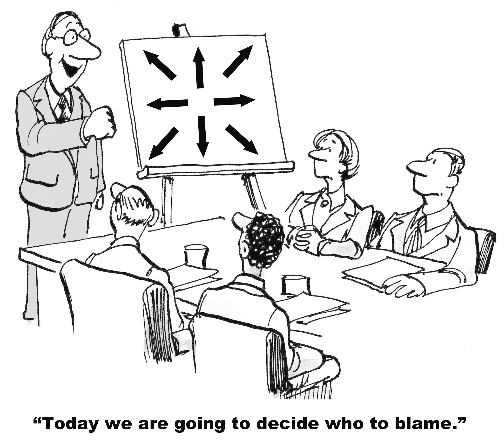As my children were growing up, Saturday was “clean the house” day. Everyone participated, no matter their age. For my daughter, Nicole, at age six it meant that toys and clutter had to move off the floor and into their designated storage places so that the vacuum could be run.
In spite of knowing this, the floor would often be strewn with Barbie shoes on Saturday morning. After reminders that escalated to nagging and warnings, there was one thing that was certain to create an immediate surge of frantic activity to put the shoes away. And that was the sound of the vacuum cleaner headed to her room.
Now Nicole was not a naughty or unruly child. She just has at least one thousand things better to do than to pick up Barbie shoes. Until the roar of the vacuum sent a clear message: Run now to save the shoes!
Not unlike most of us. We have many things to do. We aren’t bad or lazy; perhaps distracted and overwhelmed. So the leadership question becomes this: WHAT CAN WE DO TO SPUR FOCUS AND ATTENTION ON THE THINGS THAT ARE MOST IMPORTANT?










